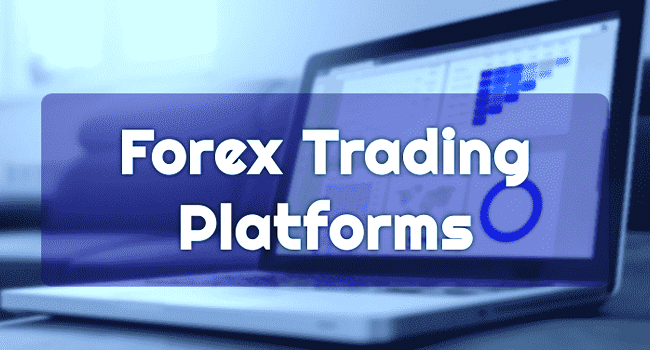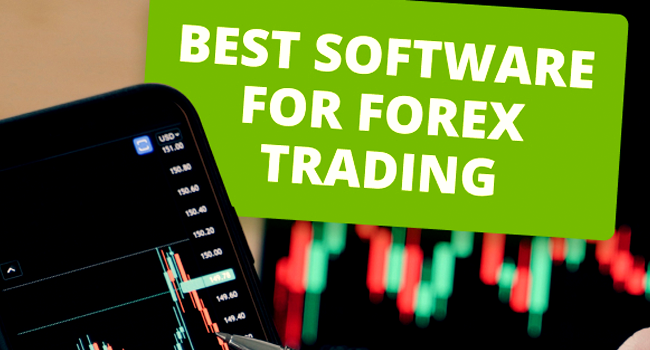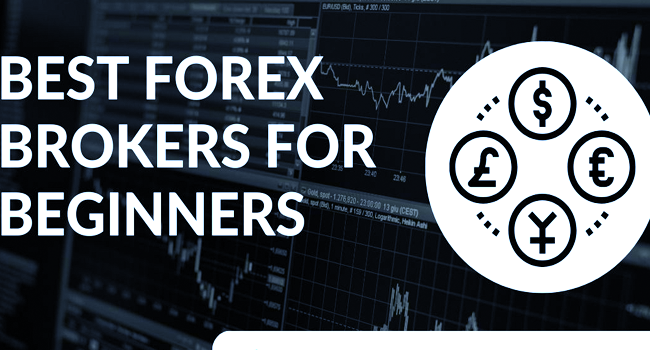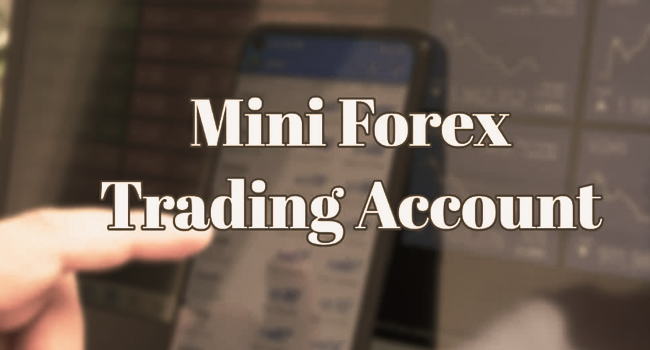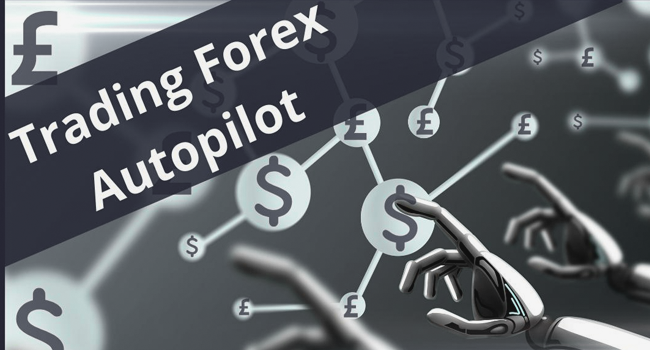Forex trading has gained significant popularity recently, attracting seasoned traders and newcomers to the financial markets. One crucial aspect of successful forex trading is choosing the right platform that aligns with your needs and preferences. With numerous options available in the market, selecting the ideal platform can be a daunting task. However, by considering several key factors, you can ensure that you make an informed decision. This article will discuss the essential elements when choosing a forex trading platform.
1. Reliability and Security:
Reliability and security are paramount when choosing a forex trading platform. Look for a platform that offers regular and uninterrupted service, minimizing the risk of technical glitches or downtime. Additionally, prioritize platforms implementing robust security measures, such as data encryption, two-factor authentication, and secure payment gateways. Your chosen platform should have a reputable track record and adhere to strict regulatory standards to safeguard your funds and personal information.
2. User-Friendliness:
Another vital aspect to consider is the user-friendliness of the trading platform. As a trader, you should be able to navigate the platform quickly and execute trades efficiently. Look for platforms that offer intuitive interfaces, customizable charts, and a range of technical analysis tools. Additionally, consider whether the venue is available on multiple devices, such as desktop, mobile, and tablets, to ensure flexibility and convenience in trading activities.
3. Available Trading Instruments:
Forex trading involves many currency pairs, but some platforms may offer a limited selection. Before selecting a trading platform, ensure that it provides access to the currency pairs you are interested in trading. Moreover, consider whether the venue offers other financial instruments like commodities, indices, or cryptocurrencies, as it can be beneficial to diversify your trading portfolio.
4. Trading Tools and Features:
Evaluate the trading tools and features provided by the platform. Look for features like real-time price quotes, order types (market, limit, stop-loss, etc.), charting tools, technical indicators, and news feeds. These tools can significantly enhance your trading experience and help you make informed decisions. Furthermore, some platforms offer advanced features like social trading, copy trading, or automated trading systems. Assess whether these features align with your trading strategies and goals.
5. Transaction Costs and Fees:
Consider the transaction costs and fees associated with the platform. Different platforms have varying fee structures, including spreads, commissions, and overnight financing charges. Evaluate these costs and compare them with other platforms to ensure they are competitive. However, remember that lower prices do not always guarantee better quality. Consider the overall value provided by the platform in terms of reliability, features, and customer support.
6. Customer Support:
Reliable customer support is crucial, especially when encountering issues or having questions while using the trading platform. Look for platforms that offer multiple support channels, such as live chat, email, and phone support. Additionally, consider their response times and availability, particularly during trading hours. A responsive and knowledgeable customer support team can significantly resolve technical or account-related difficulties.
7. Regulatory Compliance:
Ensure that a reputable financial authority regulates the trading platform. Regulatory oversight helps protect traders’ interests, ensuring fair trading practices and safeguarding against fraud or manipulation. Verify the platform’s regulatory status and confirm that it complies with industry standards and regulations. Common regulatory bodies include the Financial Conduct Authority (FCA) in the UK, the Securities and Exchange Commission (SEC) in the United States, and the Australian Securities and Investments Commission (ASIC) in Australia.
8. Reviews and Reputation:
Do thorough research and read reviews about different trading platforms. User feedback can provide valuable insights into the platform’s strengths and weaknesses. Pay attention to the overall reputation of the platform in the trading community. Look for venues with positive reviews and a solid reputation for reliability, transparency, and customer satisfaction. Consider joining online forums or communities where traders discuss their experiences with various platforms. This can give you a better understanding of the pros and cons of each platform from real users.
9. Demo Account:
Most reputable trading platforms offer a demo account, which allows you to practice trading without risking real money. Take advantage of this feature to test the platform’s functionalities, user interface, and trading tools. A demo account also lets you familiarize yourself with the platform’s execution speed and order placement process. Using a demo account, you can gain confidence in your trading abilities and determine if the venue suits your trading style before committing to real funds.
10. Educational Resources:
Consider whether the trading platform provides educational resources to enhance your trading knowledge and skills. Look for platforms that offer educational materials such as tutorials, webinars, articles, and videos. These resources can be valuable, especially for beginners still learning the intricacies of forex trading. A platform that prioritizes trader education demonstrates a commitment to helping its users succeed.
11. Integration with Third-Party Tools:
Evaluate whether the trading platform allows integration with third-party tools and services. Some traders prefer using additional software for advanced charting, algorithmic trading, or backtesting strategies. Check if the platform supports integration with popular trading tools like MetaTrader, TradingView, or other specialized software that can enhance your trading capabilities.
12. Account Types and Minimum Deposit:
Consider the account types available on the platform and whether they suit your trading needs. Some venues offer different account tiers with varying features, such as access to premium tools, dedicated account managers, or lower transaction costs. Additionally, take note of the minimum deposit requirement for opening an account. Ensure that the minimum deposit aligns with your budget and investment goals.
13. Mobile Trading:
In today’s fast-paced world, mobile trading has become increasingly popular. Look for a platform that offers a mobile application compatible with your smartphone or tablet’s operating system. A mobile trading app allows you to monitor and manage your trades on the go, providing flexibility and convenience. Ensure the mobile app offers the same features and functionality as the platform’s desktop version.
14. Liquidity and Order Execution:
Liquidity is crucial in forex trading as it ensures you can enter and exit trades quickly at competitive prices. Look for a platform with access to deep liquidity pools and multiple liquidity providers. Additionally, consider the platform’s order execution speed and reliability. Fast and accurate order execution can differentiate between a profitable trade and a missed opportunity.
15. Trading Account Options:
Consider the types of trading accounts offered by the platform. Some platforms provide different account options tailored to traders with varying levels of experience and capital. For example, they may give standard accounts for regular traders and specialized accounts for high-volume or professional traders. Assess whether the account options align with your trading goals and requirements.
16. Leverage and Margin Requirements:
Leverage allows traders to amplify their positions by borrowing funds from the broker. However, it’s essential to understand the leverage and margin requirements offered by the platform. Higher leverage can increase potential profits but also comes with higher risk. Ensure the platform offers appropriate leverage options that align with your risk tolerance and trading strategy.
17. Payment Methods:
Consider the payment methods supported by the platform for deposits and withdrawals. Look for platforms offering secure and convenient payment options, such as bank transfers, credit/debit cards, and popular e-wallets. Additionally, check for any fees or limitations associated with these payment methods.
18. Language Support:
If English is not your primary language, consider whether the trading platform supports your preferred language. Some venues provide multilingual interfaces and customer support, allowing you to navigate the platform and communicate effectively in your native language. This can be particularly helpful for understanding complex trading terms and instructions.
19. Community and Social Trading:
Some platforms offer social trading features that allow you to interact with other traders, share ideas, and even automatically copy trades from successful traders. Consider whether you prefer a platform that fosters a strong trading community and encourages social interaction. Social trading can be beneficial, especially for novice traders looking to learn from experienced or busy traders wanting to automate their trading strategies.
20. Long-Term Scalability:
Lastly, consider the long-term scalability of the trading platform. As your trading skills and capital growth, you may require advanced features, higher account tiers, or access to additional markets. Ensure that the venue you choose can accommodate your evolving needs without switching platforms in the future.
Remember that choosing a forex trading platform is a personal decision; what works for one trader may not necessarily work for another. Take the time to research and compare different platforms, and try out a few venues with demo accounts before making a final decision. You can find a forex trading platform that suits your trading style, preferences, and long-term goals by carefully evaluating these factors.
21. Market Access and Trading Hours:
Different trading platforms may offer access to other markets and trading hours. If you are interested in trading certain currency pairs or prefer trading during specific market sessions, ensure that the platform provides access to those markets and aligns with your preferred trading hours. Some venues may also offer extended trading hours or weekend trading options, which can be advantageous depending on your trading strategy.
22. Slippage and Order Fills:
Slippage refers to the difference between the expected price of a trade and the price at which the work is executed. It can occur during volatile market conditions or when there is a delay in order execution. Look for a platform that minimizes slippage and provides reliable order fills. You can gather information about a platform’s slippage rates and order execution quality through reviews or by testing the podium with a demo account.
23. API and Algorithmic Trading:
If you are an advanced trader or a developer, consider whether the platform offers an Application Programming Interface (API) for automated or algorithmic trading. APIs allow you to connect your trading strategies and systems directly to the forum, enabling automated trading based on predefined rules. This can benefit those who prefer using custom indicators, algorithms, or trading bots.
24. Historical Data and Backtesting:
Access to historical data and the ability to backtest trading strategies are essential for traders who rely on technical analysis and systematic approaches. Check if the platform provides comprehensive historical data and a built-in backtesting feature that allows you to test your strategies using past market data. This can help you evaluate the performance of your system before applying them in live trading.
25. Platform Customization:
Consider whether the trading platform allows customization to suit your preferences. Some venues offer customization options such as personalized watchlists, chart templates, and layout customization. Setting up the platform according to your trading style and preferences can enhance your overall trading experience and productivity.
26. Simulated Trading Contests and Challenges:
Some platforms organize simulated trading contests or challenges where traders can compete against each other without risking real money. Participating in these contests can be a fun and educational way to test your trading skills, learn from others, and potentially win prizes. If you are interested in such activities, look for platforms that offer these simulated trading opportunities.
27. Risk Management Tools:
Evaluate the risk management tools offered by the platform. Risk management is a crucial aspect of forex trading, and having access to devices such as stop-loss orders, take-profit orders, and trailing stops can help you manage and limit potential losses. Consider whether the platform provides these tools and whether they are easy to use and adjust when needed.
28. Research and Market Analysis:
Consider whether the platform provides research and market analysis tools to support your trading decisions. Some venues offer fundamental and technical analysis tools, economic calendars, market news, and research reports. These resources can provide valuable insights and help you stay informed about market trends and events that may impact your trading.
29. Regulation of Broker and Platform:
While we mentioned regulatory compliance earlier, it is essential to emphasize the importance of ensuring that both the broker and the trading platform are regulated. The venue may be offered by the broker or provided by a third-party provider. Verify the regulatory status of both entities to ensure that a reliable regulatory authority protects your funds and trading activities.
30. Trust and Intuition:
Lastly, trust your intuition and consider your overall impression of the trading platform. Consider factors such as the platform’s website design, user reviews, information transparency, and customer support responsiveness. A platform that instils trust and confidence in you can contribute to a positive trading experience.
In conclusion, choosing the right forex trading platform requires careful consideration of several vital factors. Prioritize reliability, security, user-friendliness, available trading instruments, trading tools and features, transaction costs and fees, customer support, regulatory compliance, reviews and reputation, demo account availability, educational resources, integration with third-party tools, and account types. By evaluating these aspects, you can select a platform that caters to your needs and sets you on the path to successful forex trading. Do thorough research, test the platform through a demo account, and seek guidance from experienced traders if needed.
